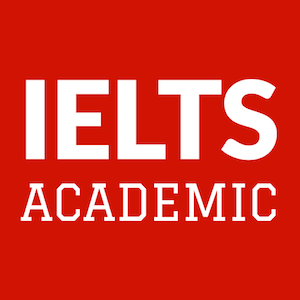IELTS Writing Task 1: Question
Bar charts often appear very simple but they can also contain a lot of information. It’s up to you to decide which information from the bar chart is important enough to go in your answer.
The bar chart shows the relative electricity consumption and cost per year of various household devices.
Write a 150-word report for a university lecturer explaining the data and making comparisons where relevant.
IELTS Writing Task 1: Model Answer
The bar chart compares the energy consumption and expense of operating 16 different items of household equipment. Overall, we can see significant differences in both cost and consumption.
To begin with, there are some common household items which consume relatively little energy. These include an electric blanket (approx. $10 or 100kwh/year), a microwave oven (approx. $15 or 150kwh/year) and a television (approx. $17 or 170kwh/year).
By contrast, devices that might be classified as ‘luxury’ items such as a pool pump or spa are comparatively expensive and energy-intensive, at nearly $125 or 1500kwh/year and around $190 or 2225kwh/year respectively.
It is interesting to note that even among household items normally considered alike, such as a microwave and refrigerator, there are enormous discrepancies in cost and energy use. The former uses only around $15 or 150kwh/year, while the latter consumes at least six times that amount at $90 or 1150kwh/year.
In conclusion, it appears that there is no clear pattern in the relative energy consumption of domestic equipment, although households had better be aware of the high running costs of luxury items such as a pool pump and spa.
(187 words, IELTS 9.0)
Why does this Task 1 answer get an IELTS Band 9 score?
Task achievement: The model answer presents an overall description first, followed by key supporting details that illustrate the main trend.
Coherence and cohesion: The model answer is divided into clear paragraphs and each paragraph contains one main idea. There are cohesive links between paragraphs. A variety of reference links are used throughout, including the former, the latter, and respectively.
Lexical resource: The language in the question is effectively paraphrased. Synonyms are introduced for key concepts such as electricity consumption > energy use and cost > expense. Some less-common words such as discrepancies and energy-intensive are used.
Grammatical range and accuracy: The model answer is free from grammatical errors. Sentences tend to consist of multiple clauses. Paragraphs contain a variety of sentence structures.
Teacher’s Note
 Don’t panic when you see a lot of things to write about in Task 1, as in the bar chart above. You won’t lose marks if you omit a few of the items in the bar chart from your answer. The most important thing is to identify two or three general patterns and write about these. General patterns could be similar items with similar results. It’s also good to note an exception. But remember, you don’t need to describe every single item in order to get a high score.
Don’t panic when you see a lot of things to write about in Task 1, as in the bar chart above. You won’t lose marks if you omit a few of the items in the bar chart from your answer. The most important thing is to identify two or three general patterns and write about these. General patterns could be similar items with similar results. It’s also good to note an exception. But remember, you don’t need to describe every single item in order to get a high score.

